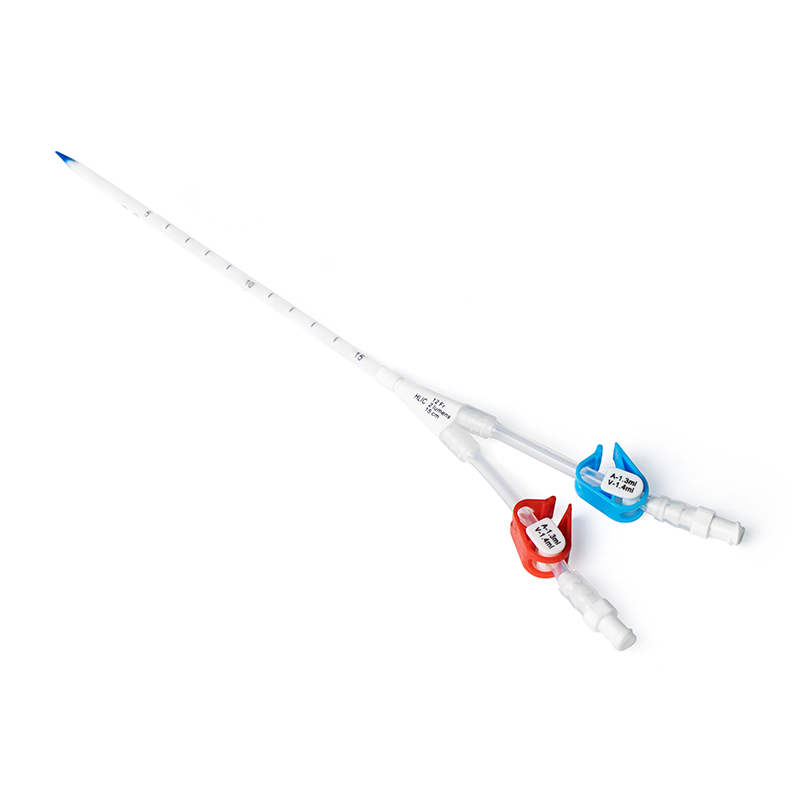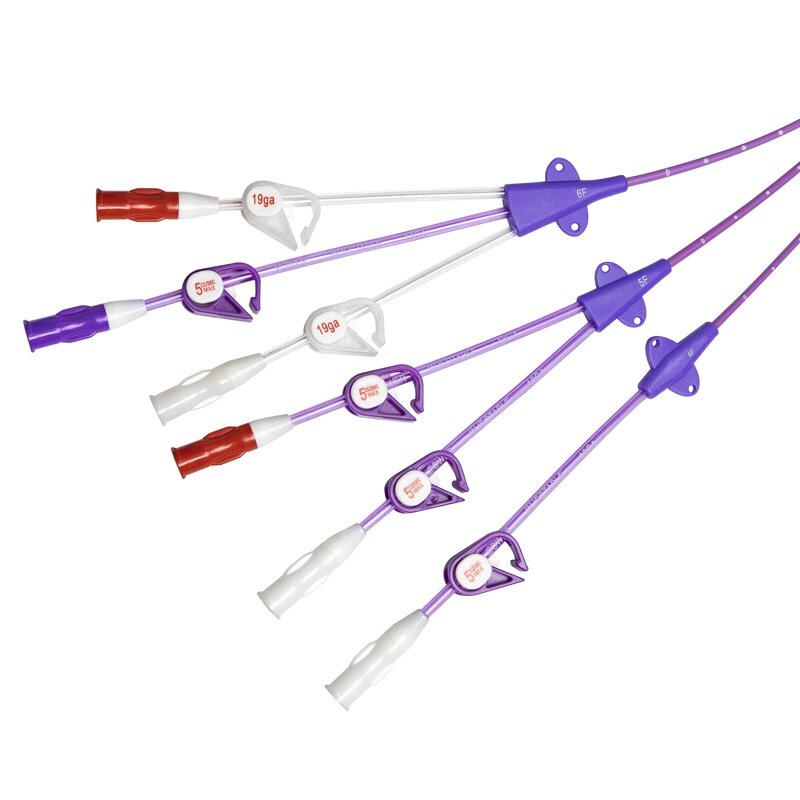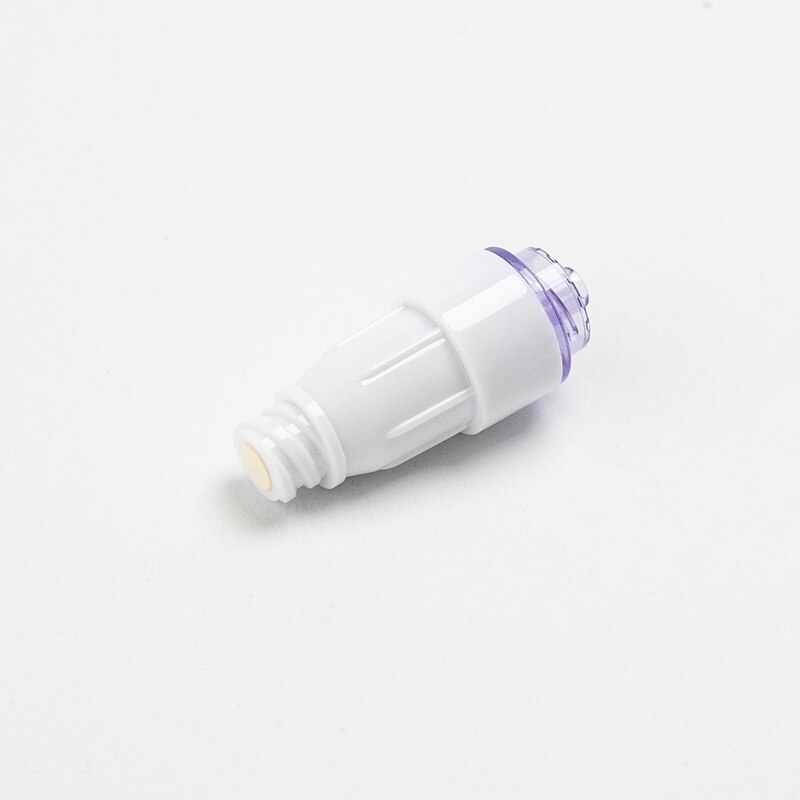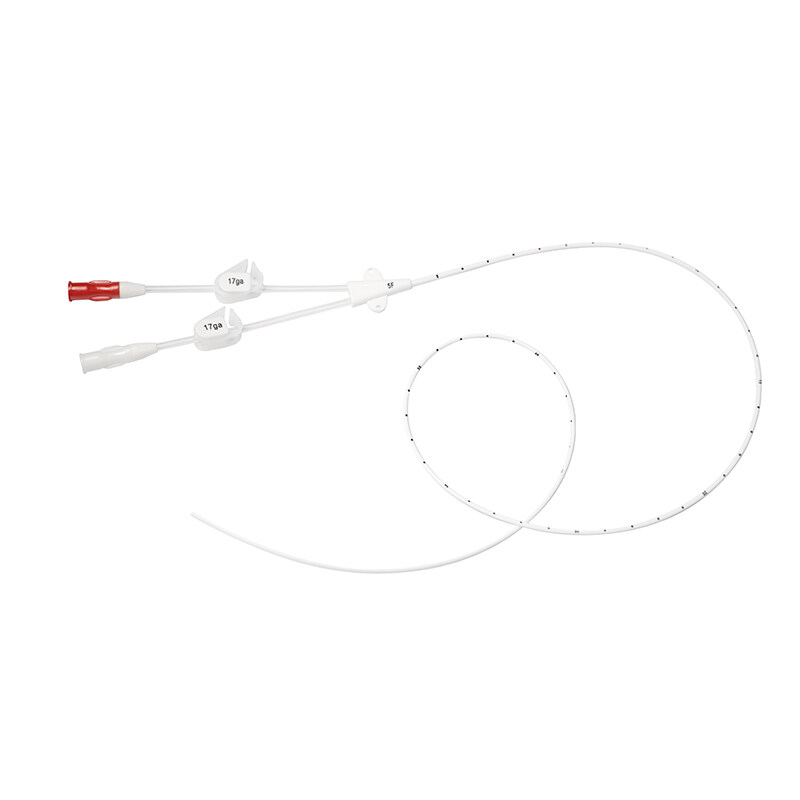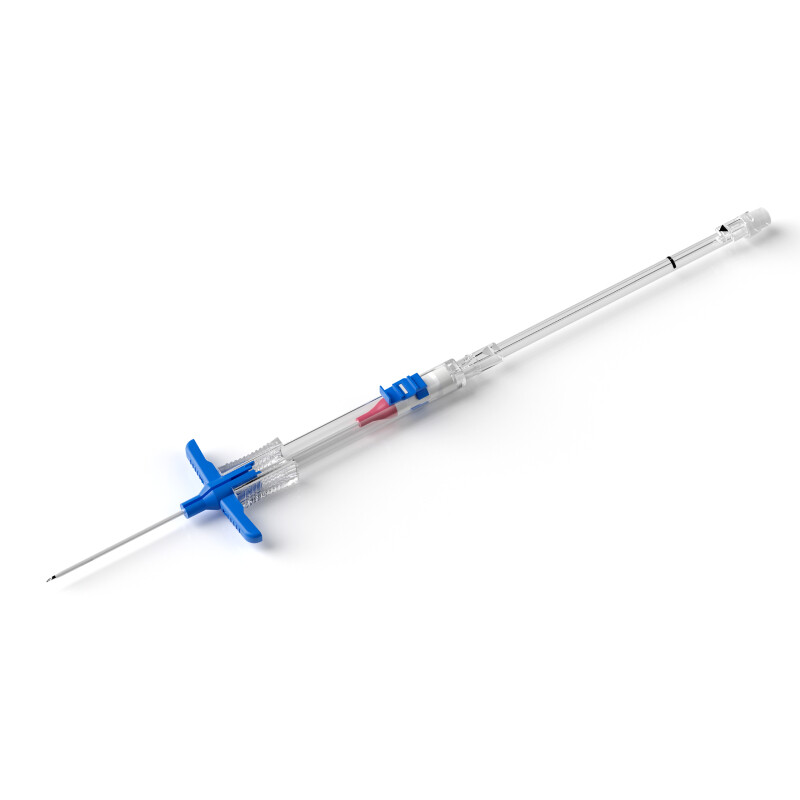Hemodialysis is a vital treatment for individuals with kidney failure. It involves using a hemodialysis catheter to allow blood to flow out of the body and into a machine for cleansing.
While permanent access sites such as arteriovenous fistulas and grafts are the preferred method of dialysis access, short-term hemodialysis catheters(temporary hemodialysis catheters) may be necessary for some situations.
Here's what you need to know about temporary hemodialysis catheters:
What Is a Short-Term Hemodialysis Catheter?
A short-term hemodialysis catheter is a temporary catheter that is inserted into a vein for dialysis treatment. It is typically used for a short period, typically up to three weeks.
Short-term catheters are made of flexible, medical-grade plastic and consist of two or three tubes, or lumens, that allows blood to be withdrawn from the body, cleansed, and returned to the body.
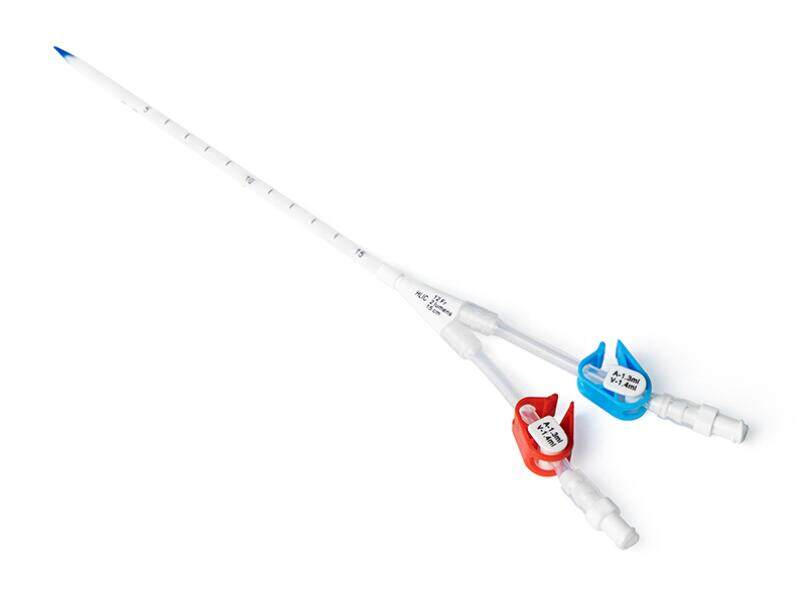
Short Term Hemodialysis Catheter & Kit
Features of Short Term Hemodialysis Catheter
Kit Components: PU Catheter- Short Term Hemodialysis Catheter, Introducer needle, Needle, J/Straight tip Nitinol guidewire, Dilator, Scalpel, Syringe, Raulerson Syringe, Wound dressing, Gauze, Suture with a needle, Surgical Towel, Surgical Drape, Heparin caps, Sealing caps.
● Advanced medical polyurethane materials
● Radio-opaque
● One -piece-shaped tip is soft and flexible
● Large side holes and double D profile
● Curved extension
● Rotatable suture wing
Benefits of Using Short Term Hemodialysis Catheter
● Advanced medical polyurethane materials
Polyurethane is thermosensitive and can be softened after insertion.
Antibacterial and will not be damaged by microbial attacks.
The property of microbial resistance to prevent thrombosis
● Rotatable suture wing provides safety and comfort with external anchoring.
● One -piece-shaped tip is soft and flexible, minimizing the risk of vessel wall trauma and phlebitis.
● The catheter is radio-opaque that could be visualized under chest X-ray for easy positioning control.
● Curved extensions for improved comfort and patient care.
● ID-clamps designed for indicating priming volume and simplifying identification of arterial and venous lumen.
● Large side holes and double D profile design to provide greater flow rates at lower pressure and minimize the risk of clotting.
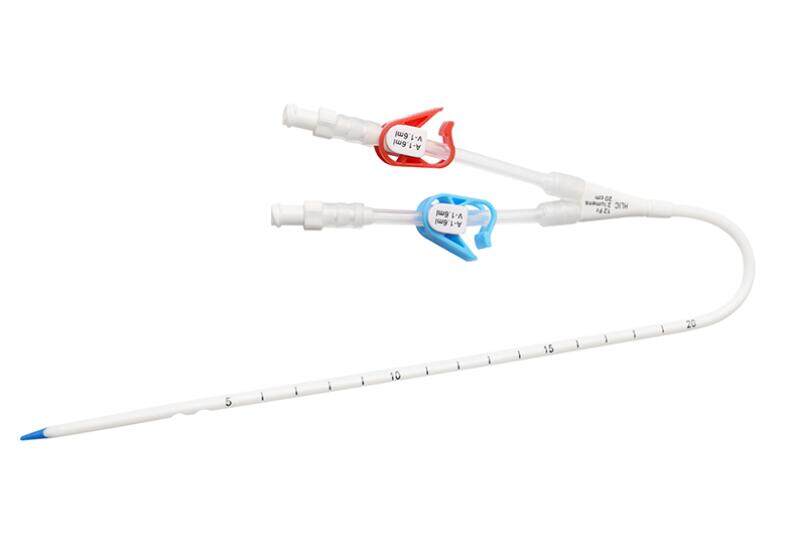
Temporary Hemodialysis Catheter Placement
How Is a Short-Term Hemodialysis Catheter Inserted?
The short-term hemodialysis catheter insertion is typically performed by a trained medical professional, such as a nephrologist or interventional radiologist, in a hospital or outpatient setting.
The area where the catheter will be inserted is first cleaned and numbed with a local anesthetic. The catheter is then carefully guided into the vein using ultrasound or X-ray guidance to ensure proper placement.
Once the catheter is inserted, it is secured in place with sutures or adhesive hemodialysis catheter dressings to prevent movement and reduce the risk of infection.
When Is a Short-Term Hemodialysis Catheter Used?
A short-term hemodialysis catheter may be used when immediate dialysis is necessary or when a permanent access site is not yet available or has failed. Temporary hemodialysis catheter placement can also be used as a temporary solution for individuals who require hemodialysis while recovering from surgery or infection.
However, due to the higher risk of complications associated with short-term catheter use, it is important to limit its use to the shortest duration possible and transition to a permanent access site as soon as feasible.
How Is a Short-Term Hemodialysis Catheter Removed?
The removal of a short-term hemodialysis catheter is a relatively simple procedure that can be performed in a hospital or outpatient setting by a trained medical professional.
The area around the catheter is first cleaned and numbed with a local anesthetic. The catheter is then carefully removed, and pressure is applied to the insertion site to prevent bleeding.
After the catheter is removed, the insertion site is covered with a sterile dressing to reduce the risk of infection. In most cases, the patient can resume normal activities after the catheter is removed.
Conclusion
A short-term hemodialysis catheter can be a lifesaving option for individuals with kidney failure who require immediate or temporary access to hemodialysis. It should be used only as a temporary solution while a permanent access site is established. If you have questions about whether a short-term hemodialysis catheter is the right choice for you, talk to the professionals.

